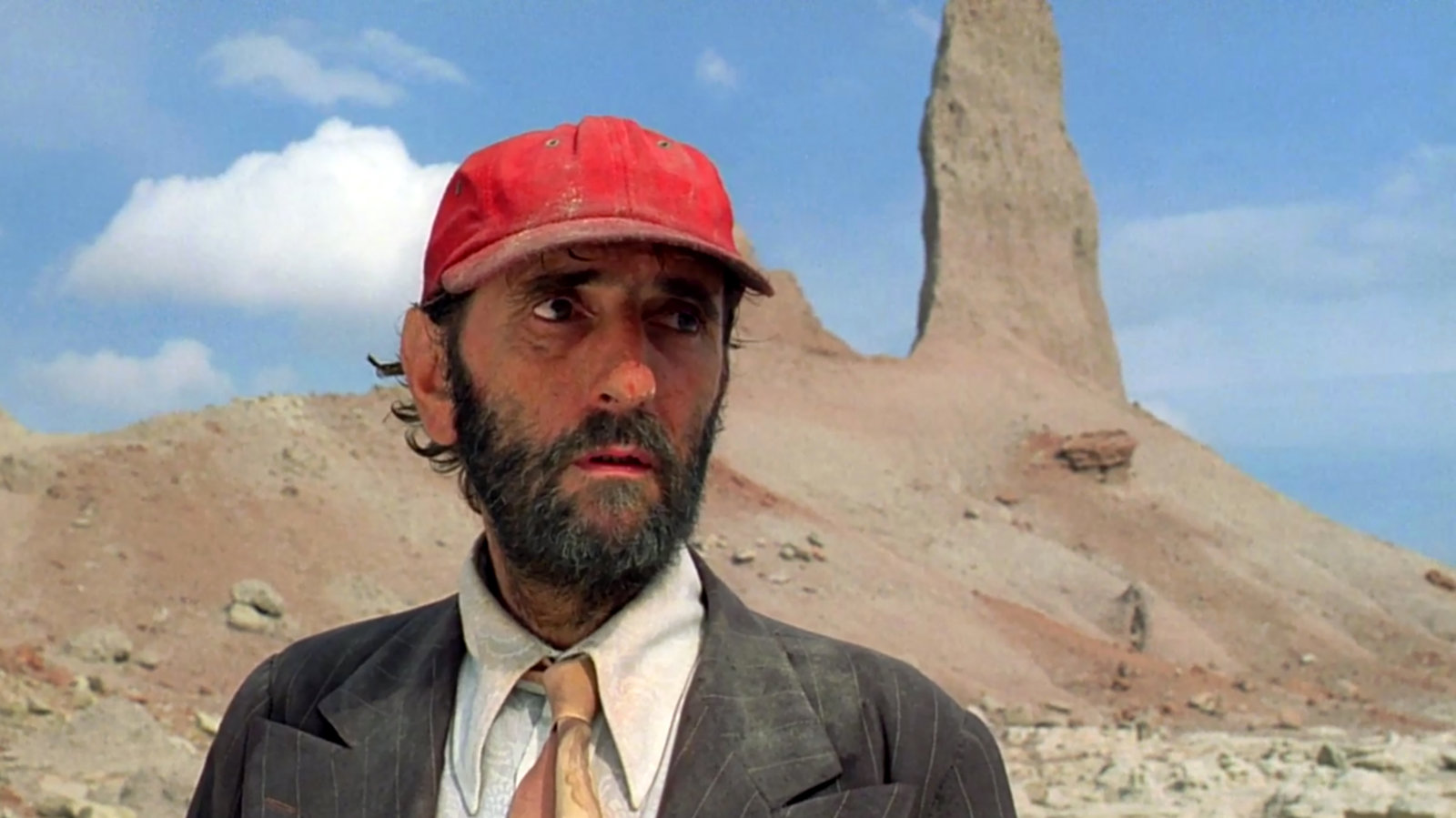
No strangers to the prestige of the 70 year-old bonanza of cinema that is the Cannes Film Festival, most filmmakers aspire to get their films open there; an aspiration that even with the amount of controversy some experimental cinema generates there, remains undimmed. Controversy has become a part of Cannes, and even the infamous booing can often lead to unexpected dividends that are at the very least commercial in nature.
The controversy can be accentuated if a Competition feature that is not universally beloved wins the Palme d’Or. Think Michael Moore’s scathing indictment of the Bush administration “Fahrenheit 9/11” that faced accusations of inaccuracy, or Frederico Fellini’s quintessential masterpiece “La Dolce Vita” that ran into problems with the Catholic Church, or Steven Soderbergh’s game-changing indie “Sex, Lies, and Videotape” whose victory angered filmmaker Spike Lee who didn’t get the prize for his career-crowning achievement “Do the Right Thing.”
But with multitudes of backlash and constant reexamination of Palme winners, a lot of worthy choices that established a discernible identity to the filmmakers behind them warrant recognition. And so, here are the 15 greatest Palme d’Or winners of all time.
15. Eternity and a Day
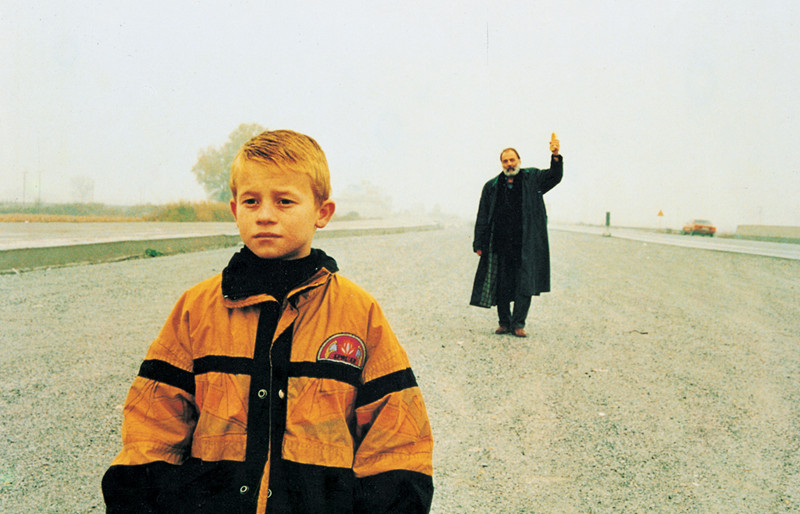
Not many filmmakers possess the humbling patience of Theo Angelopolous. His camera moves with the most ravishing stillness, whispering visual mastery that is inherently palpable to the audience. Nor can many of his peers stake claim to be as generous and as sagacious in their analysis of human vulnerability with as sumptuous a restraint as he does.
Although the fact that his most lauded achievement “The Travelling Players”, the second part of his trilogy on the history of Greece is also his greatest can hardly be disputed, “Eternity and a Day” is possibly his most personal work. It contemplates the insatiable desire of artists to foresee the scope of their legacy and a child’s apprehension of his ability to deal with a devastatingly dynamic world and its luscious visuals communicate everything with the decorous tendency to explore.
There is sovereignty in his use of filmmaking tools that although comfortingly familiar, disavows any conventionality. Bruno Ganz’s miraculously moving work as the terminally ill poet Alexander reverberates with a conscious serenity, telling nothing, but showing everything. He finds an unlikely partner in Achileas Skevis, whose mesmerizing restraint breaks the most hardened of hearts.
14. All That Jazz
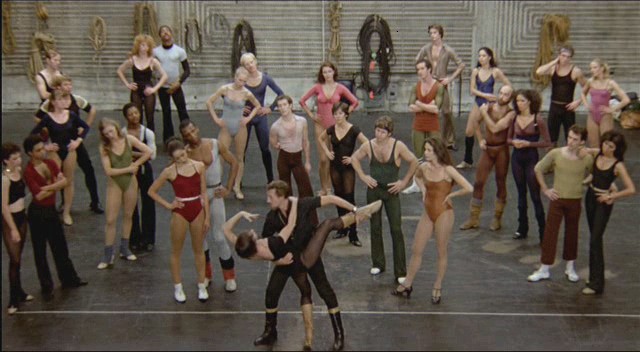
Think an adrenaline-fueled, electrifying, vibrantly colored version of the Fellini’s “8 ½” that combines the best elements of Hollywood musicals to Bob Fosse’s eccentric sensibility, and you’ve got the 1979 extravaganza that still manages to enthrall thanks to its vigorous, untamed editing and a dizzying excess that completely unlike the previous entry on this list, revels in its impatience.
With uproarious musical numbers that show how Fosse has determined to go full throttle, the production design and costuming done with inimitable flair and lack of consideration for restraint or conformity to any standards whatsoever. The result is an overwhelming, breathing, beast of a film that inspired a generation of filmmakers to never put a cap on frenzy when it’s so beautifully drenched in wit.
At the center of it all is an intoxicating performance from Roy Schreider, an odd casting choice who strips away his imposing demeanor for humanly uninhibited work that somehow manages to ground the film emotionally. It might effectively be the most accomplished work by an actor in a movie musical.
13. The Umbrellas of Cherbourg
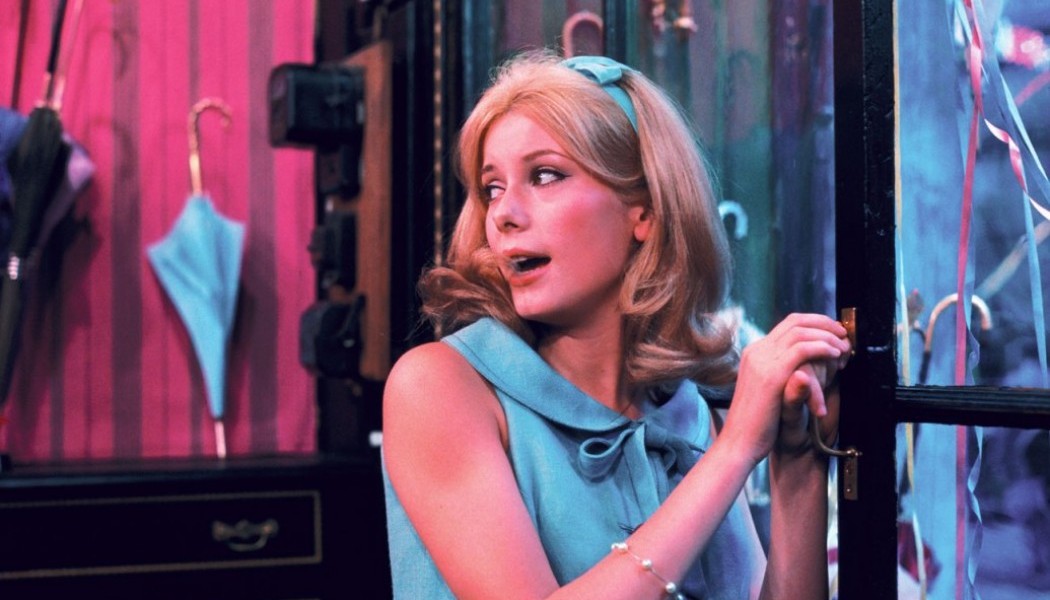
“The Umbrellas of Cherbourg” defies categorization. It moves at a pace so flawless, has a glowing, soft, yet sensual use of color, is melancholic and nostalgic in its treatment of the central romance, and humanizes its archetypical characters to a degree where the ache of their problems is supremely real and comprehensible.
Starring Catherine Deneuve and Nino Castelnuovo as Geneviève and Guy, the lovers around whom the narrative revolves, the film make their situation longingly angelic until it’s just unbearably tragic. Jaques Demy, whose previous, less nuanced achievements “Lola” and “The Young Girls of Rochefort” seem to be leading up to this fully realized, enchanting film, incorporates a dangerously brutal realism into the story.
In the hands of a lesser director, this tonal shift might be an obstacle in relishing both the sheer joy of love and the immense agony of separation. But with Demy at the helm, the film has vulnerability in the joy and yearning in the separation so profound that incoherence of any kind seems out of the question. All dialogues are recited, but the lyrics enveloped in Michel Legrand’s exalted score don’t seem to rhyme, and on a closer look you’ll realize that they don’t need to.
12. Paris, Texas
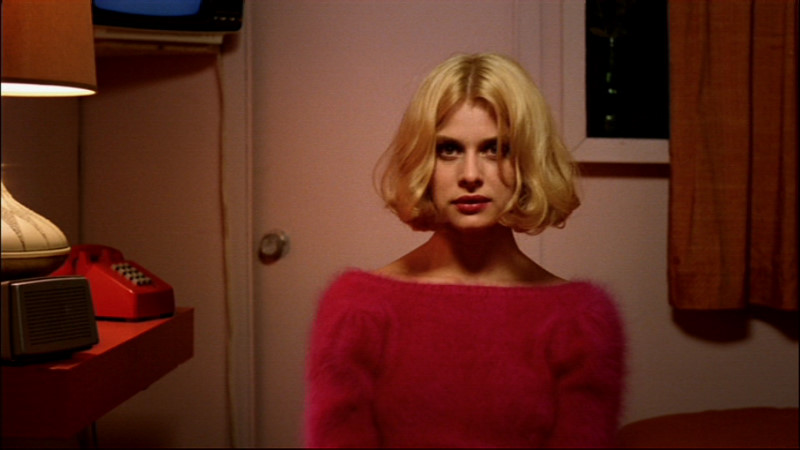
Wim Wenders’s soulful, sweeping, intimate saga about a man who hopes to reconcile with his brother and son and find his missing wife pulsates with so much heart and depth, it’s hard to resist its unpretentious charms. Not many films give as generously to the audience as this one, and not many are so effective in their desire to genuinely move the viewer, but Wenders’s classic keeps getting better with time.
Wenders deploys extraordinary craftsmen to help him in his task. Cinematographer Robby Müller lends a contemplative, silent allure to the film that compels us to constantly be in conversation with the film. Wenders asks many questions even he doesn’t have definitive answers to, with Ry Cooder’s haunting score somehow filling in the gaps.
Harry Dean Stanton plays the protagonist with audacious sincerity. He opens himself up entirely, to the point where the need to know the truth behind his misery becomes secondary. His command on the medium and its deceptive ability to play with images results in an insightful, magnificent performance.
11. The Tree of Wooden Clogs
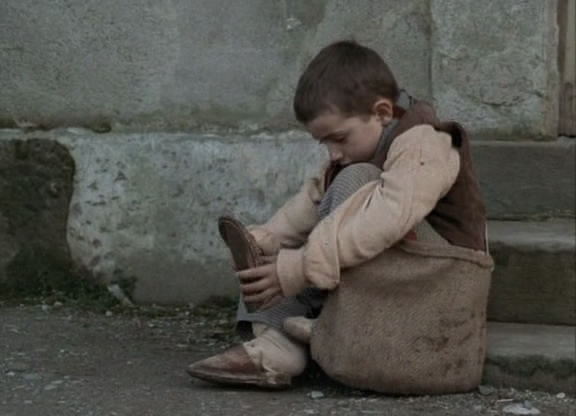
Hard to sufficiently decipher and point to, the magic of this Ermanno Olmi film never loses its power to enrapture an audience in the most mundane of life’s activities. The actors here are all non-professional, who don’t miss a single beat and sync themselves so utterly into Olmi’s potent, but nonetheless humble vision that its imagery pops right out of the screen and consumes us.
Set in the countryside of Bergamo of the late 1890s, “The Tree of Wooden Clogs” observes the lives of four families living in a single farmhouse going about their work and responsibilities. Crops are sown and harvested, people are married and children are born, some protest against the oppression and some accede to the same old. Nothing major happens, and yet everything is engaging, riveting and propels retrospection.
Olmi’s use of mise en scène to such indelible results with his cast and crew has been deemed influential by artists of the stature of Mike Leigh and Al Pacino. He never lets go of his auteuristic command on the film, without denying it its requisite breadth and depth. The thematic relevance of the movie might be epic, but its modest characterizations have far more depth and universality than an extensively mounted production.
10. The White Ribbon

A man who won this prestigious prize for both of his most recent films, Haneke is most certainly not an unfamiliar presence at Cannes. He won the Grand Prix for his succinct, harshly economical “The Piano Teacher” and the Best Director prize for the unflinching dissection of the great slumber of modern life in “Caché”. His first Palme came for the rousing, bleak fictional story set in a German village before World War I that examines the human preoccupation with evil just like nearly everything else in his filmography.
Tightly focused, yet seeming to discuss wildly universal themes, the film sets the children of the village at its core, solidifying the horror with such raw use of our perception of the truth, that we remain constantly restless, with no escape in sight. His cast is unnaturally gifted across the board, transporting us into a time where divides have just begun to cast their shadow upon us as a society.
Haneke’s other films somehow form a companion piece to each other, but “The White Ribbon” has a visual and rhythmic language of his own. Christian Berger’s cinematography creates a somber atmospheric delirium that remains so true and so deeply immersed in the filmmaker’s ambitions and almost inherits its patience and indomitable intelligence.
9. 4 Months, 3 Weeks, 2 Days

Few films contain as much thrill in their horribly realistic premises as Cristian Mungiu’s towering film does. With Julian Schnabel’s “The Diving Bell and the Butterfly” and Cannes favorite Coen brothers’ “No Country for Old Men” in Competition, Mungiu’s little, tensely crafted masterpiece was a surprise, but highly deserving choice for the Palme.
The social relevance of this desperately enlivened tour de force cannot be understated. Hard to watch and hard to find solace in, the film’s harshness is never unearned. It quietly, resolutely sneaks up on you, and engulfs you in the tightly wound up narrative with its relatable characters caught in an unbearably frightful situation.
The central performances are electric, nervous portrayals that are as authentic as the plot feels. Anamaria Marinca is especially unforgettable, capturing the nightmare of loyalty in a time where it has fatal consequences with wondrous tension. The direction itself seems all-consuming but she takes to a completely new level.